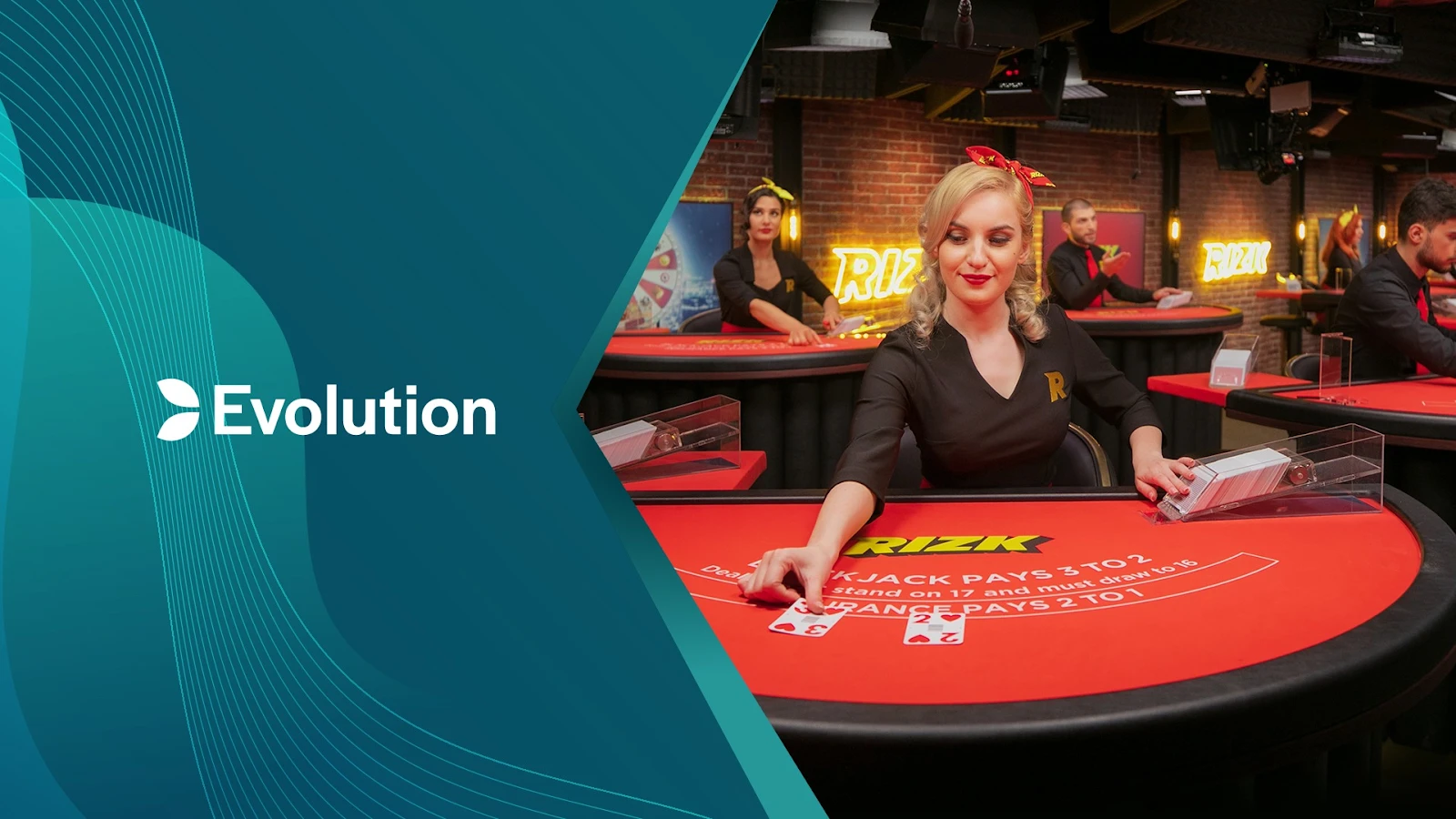The Evolution of Live Dealer Casino Software: From Studio to Stream

Picture this: it’s 2012, you’re sitting at your laptop in your flat, sipping a coffee, and you log into an online casino. Suddenly you see a human dealer dealing cards live from a studio somewhere in Europe, maybe Malta or Latvia. That moment felt futuristic then. Now, fast-forward to 2025 and you could be streaming from a casino study or even a rooftop terrace, chatting with the dealer through your phone while placing side-bets in real-time. Let’s take a leisurely ride through how live-dealer casino software transformed from basic studio setups into high-tech streaming ecosystems.
1. Introduction
Back in 2004, the notion of playing casino games over the internet was already gaining traction, but the experience lacked a personal touch. Virtual tables, random number generators, and mechanical wheels – all executed via simple code – felt distant and mechanical. By 2010, the first versions of live dealer casino software began to appear, and everything changed. Instead of a purely digital interface, players could now see a real person flipping cards, hear an authentic wheel spinning, and feel part of a genuine casino environment. The difference was night and day. A human presence brought trust, excitement, and an emotional connection that static pixels could never achieve. It was like comparing a still photograph to a live concert.
2. Early Roots
The earliest experiments in live-dealer gaming date to around 2005 and 2006. A few pioneering operators set up small studios with a single camera, a dealer and a table. In 2007 one company reportedly streamed roulette and blackjack into 20 markets. By 2011, more robust studios hosted multiple tables with up to eight cameras. Those early systems used 720p resolution, basic chat features and often experienced lag of 3 to 5 seconds. For comparison, typical video chat at the time might run at 2 seconds delay. Since then, latency dropped to under 1 second in many cases by 2016. Another milestone: in 2013 one provider claimed 24/7 live-tables in 15 languages across five continents. That shows how quickly the concept scaled.
3. Technological Breakthroughs
Streaming technology leaps made a huge difference. In 2014 the shift from 720p to 1080p became widespread in studio builds. By 2017 some providers introduced 4K cameras and Ultra HD streaming, allowing players to clearly see textures on chips and cards. Low-latency streaming via WebRTC and proprietary protocols enabled near real-time interaction. For example, in 2018 a major provider reported average latency of 0.7 seconds down from 1.9 seconds in 2015. Mobile streaming required adaptive bitrate algorithms and specialized encoders. VR and AR experiments began around 2019-2020 where live tables appeared in virtual environments. In 2022 one beta test allowed remote players to stand around a virtual table and talk to each other via avatars.
4. Platform Evolution
Originally, live-dealer games were accessible by desktop browsers only. Around 2013 mobile support began via HTML5, meaning players could join via smartphone or tablet. By 2015 more than 30% of live-dealer sessions came from mobile devices. In 2020 that number jumped to 55%. The shift required software architecture that supported touchscreen controls, vertical mode UI, and optimized video feeds. Hybrid models also emerged: some games let you switch between live camera view and digital animations. Then VR platforms around 2021 gave early adopters a lounge-style experience: immersive headset, you choose a seat at the table in a virtual casino floor. One studio reported that 15% of sessions in 2023 used some hybrid feature (either VR, AR, or multi-camera switching). So the platform matured from desktop only to fully integrated mobile/VR/stream models.
5. Software Architecture and Providers
Behind the scenes there are dozens of software providers building state-of-the-art studios and streaming pipelines. Major names like (founded 2006), (founded 1999), and have led the charge. Evolution opened its first dedicated live-casino studio in 2009 in Riga, Latvia. Their architecture included multi-source video feeds, dedicated dealer consoles and integrated chat modules. For example, in 2021 they launched a “Live Odds” module showing dynamic side-bets updated twice per second. Playtech introduced in 2018 a cloud-based live-casino platform allowing operators to spin up new tables in under an hour. BetConstruct built a modular architecture in 2023 enabling operators to plug into VR tables or interactive tournaments without rewriting code. These software stacks manage user authentication, video ingestion, dealer controls, game logic and payout engines—all in a unified environment. Scalability is key: some studios now run 200+ tables concurrently and stream to over 100 markets in real-time.
6. Player Interaction and Features
What makes live-dealer games more than just video feeds? Features like chat (text, emoji, voice), side bets, game splits, multi-camera angles and even social media-style reactions. In 2016 one provider introduced a chat translator into six languages, enabling players in Japan, Brazil and Germany to speak to one dealer. Another example: around 2019 live-casino tournaments emerged—players join a table and compete for leaderboard prizes rather than just betting alone. In 2022 the “multi-view” feature became common: you could watch up to four tables simultaneously, place bets across them. That meant you could, for instance, watch a baccarat table in Paris studio while placing a bet at a poker table in Malta. Furthermore, side-bet modules such as “Dragon Bonus”, “Super 6” or “Andar Bah ar” became hotspots, enabling higher volatility and excitement. One operator reported that in 2023 side-bets accounted for 40% of live-dealer revenue. The human dealer’s interaction—calling players by name, reacting with laughter or surprise—makes the experience feel personal, like being in a real casino, yet accessible from your sofa.
7. Regulatory and Geographic Expansion
Live-dealer software expansion was heavily influenced by licensing and regulation. In 2010 only a handful of jurisdictions permitted live-casino streams. By 2015 major regulated markets such as the (UK) and opened up for remote live-casino operations. In 2018 the in the US certified its first live-dealer provider for online use in Atlantic City. Meanwhile markets in Scandinavia and Latin America followed: Sweden’s licensing regime moved live-casino into fully regulated status in 2019, and Brazil’s potential national framework in 2024 opened doors for operators to stream from Brazil to Brazilian players. Compliance requirements include real-time auditing, encrypted streams, geolocation checks, responsible gambling tools, and age verification. One mid-sized operator reported in 2022 that compliance costs for live-dealer operations increased by 27% from 2018. Geographic reach grew: by 2020 live tables were offered in over 30 countries; by 2025 that number crossed 50. The result: global coverage, multiple languages, localised dealers, and tailored game types.
8. Case Studies and Numbers
Let’s dig into some figures. In 2013 the global live-casino market was estimated at USD 0.9 billion. By 2018 it grew to approximately USD 3.1 billion. Projections for 2025 push it beyond USD 8.5 billion. One leading studio reported that between 2016 and 2021 live-dealer sessions rose by 350%. In 2019 an operator noted that 287 000 players joined a single live-casino tournament over two weeks. Another metric: average bet size in live-dealer tables increased from EUR 45 in 2014 to EUR 82 in 2023. Mobile live sessions rose from 18% share in 2015 to 67% in 2024. Studios running multi-camera setups jumped from 12 cameras on average in 2011 to 32 by 2022. Latency improvements: 3.2 s in 2015, 0.8 s in 2021. Side-bets now account for 38% of revenue in major markets as of 2023, up from 12% in 2016. Multi-view users comprised 26% of live-casino users in 2024. VR/AR adoption still small but growing: 8% of premium users tried VR live tables in 2023. If you look region-wise: Latin America live-dealer growth 2018-2023 was 540%; Asian markets (excluding China) grew by 310% in same period. These numbers show how quickly the segment matured.
9. Challenges and Future Horizons
Despite the explosive growth, the sector faces hurdles. Security remains critical: streaming could be intercepted, dealer mis-behavior may occur, and ensuring fairness in real-time demands robust auditing. In 2021 a breach at one studio resulted in 1 200 hours of footage leaked, prompting tighter protocols. Latency still matters in fast-action games; ensuring sub-0.5 second delay over networks globally is non-trivial. Another challenge: viewer fatigue—players may tire of standard blackjack or roulette even if live. Therefore novelty is key. Future horizons include integration of -driven dealers or assistants, real-time analytics for players (live stats, betting suggestions), blockchain certification of game fairness, and more immersive formats. By 2027 some providers expect to have full VR studios where you join with your avatar and interact with others around the table. Also, localised micro-studios might pop up: think a DJ-themed live-casino studio in Ibiza or green-screen beach backdrop in Bali. Social streaming may merge with live-dealer content: influencers streaming their live sessions, chat-rooms with thousands of viewers, side-bet auctions. Monetisation models could shift: instead of plain bets, players may buy “experience seats” or “premium views” costing USD 10–30 per session to join exclusive tables. On regulatory side, new jurisdictions like India or parts of Africa may open live-casino licences by 2026-2028, adding further expansion. So the evolution is far from over.
10. Conclusion
What started as a humble video feed of a single table back in 2006 has blossomed into a rich ecosystem by 2025: multi-language studios, global reach, mobile, VR, side-bets, interactive features, and enormous player growth. The journey from studio to stream exemplifies how technology, regulation and player demand combined to redefine casino experiences. If you imagine playing a live game a decade ago, the contrast with today is stark. And tomorrow? It might feel like stepping into a futuristic casino lounge inside your headset. So strap in and keep an eye on this space: live-dealer software isn’t just streaming cards—it’s streaming the future of interactive entertainment.
Until then, happy playing (responsibly) and enjoy the ride through this wild evolution.



